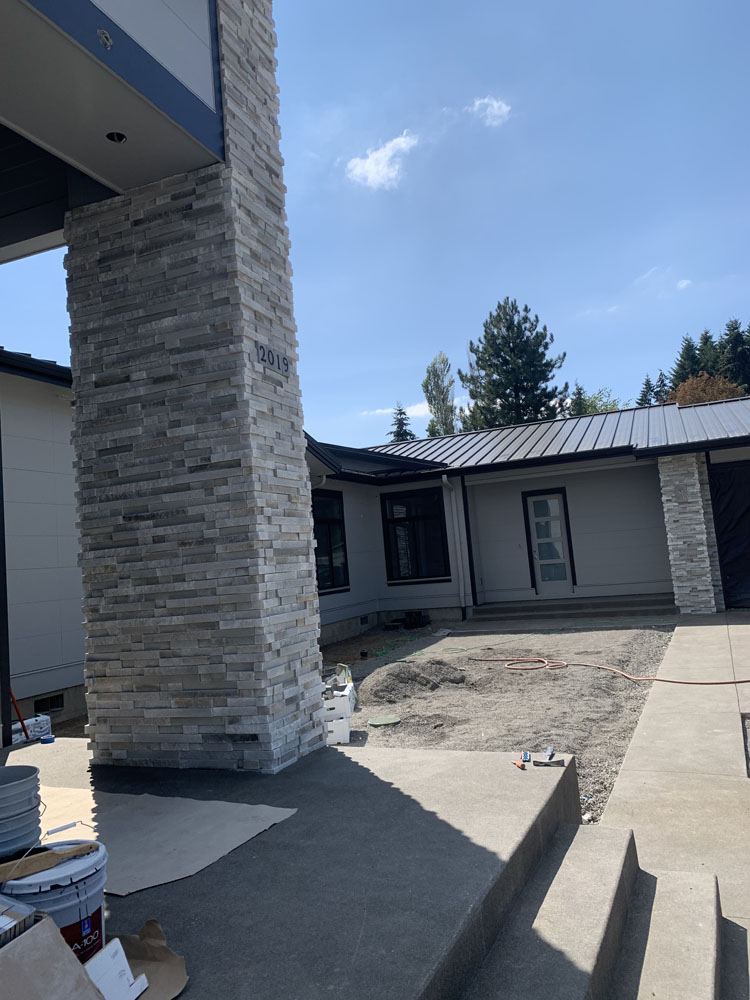Introduction
Masonry structures, particularly brickwork, have stood the test of time. They symbolize durability and architectural beauty. However, ensuring structural safety in brickwork is no small feat. It requires a deep understanding of materials, techniques, and environmental factors that could compromise a structure’s integrity. In this article, we’ll explore critical considerations for ensuring structural safety in brickwork, focusing on best practices and expert insights from seasoned masonry contractors.
Understanding Brickwork: The Backbone of Masonry Structures
What is Brickwork?
Brickwork refers to the construction method using bricks and mortar to create walls, pavements, and other structures. This technique has been utilized for centuries due to its strength, aesthetic appeal, and thermal properties.
The Role of a Masonry Contractor
A masonry contractor plays a pivotal role in ensuring the structural integrity of brickwork. Their expertise encompasses material selection, design considerations, and adherence to building codes. Hiring a qualified contractor can make all the difference between a safe structure and a potential disaster.
Critical Considerations for Ensuring Structural Safety in Brickwork
Material Selection: The Foundation of Safety
Types of Bricks Used in Construction
Various types of bricks exist—each with unique properties that affect structural safety. Common types include:

- Clay bricks: Highly durable and versatile. Concrete bricks: Cost-effective with good compressive strength. Fly ash bricks: Environmentally friendly with excellent insulation properties.
When choosing materials, consider factors such as load-bearing capacity, weather resistance, and thermal efficiency.
Mortar Mix Ratios: Why They Matter
The mortar used Masonry Contractor in brickwork is as crucial as the bricks themselves. A well-balanced mix typically consists of:
- Cement Sand Water Lime (optional)
A common mix ratio is 1 part cement to 3 parts sand; however, this may vary based on specific project needs.
Design Considerations: Planning for Success
Load-Bearing Walls vs. Non-Load-Bearing Walls
Understanding the difference between load-bearing walls and non-load-bearing walls is essential when planning your structure:
- Load-Bearing Walls: These support weight from above and must be constructed diligently. Non-Load-Bearing Walls: Primarily serve as partitions; less stringent construction requirements apply.
Architectural Design Elements That Impact Safety
Incorporating features like arches or lintels can enhance structural stability while distributing loads evenly throughout a structure.
Environmental Factors Influencing Brickwork Stability
Soil Conditions: Assessing Ground Stability
Before laying down any bricks, evaluating soil conditions is vital. Poor soil stability can lead to foundation issues over time. A geotechnical engineer can provide insights into necessary precautions.
Climate Considerations: What’s Your Region Like?
Local here climate plays an integral role in brick performance:
- Humid climates may necessitate moisture-resistant materials. Cold regions require insulation considerations to prevent freeze-thaw cycles.
Building Codes and Regulations: Follow the Rules!
Understanding Local Building Codes
Compliance with local building codes ensures that your brick structure meets safety standards. Be sure to research regulations that apply specifically to masonry work in your area.
Permitting Process: Don’t Skip This Step!
Obtaining the necessary permits before commencing work protects both you and future occupants from legal complications or unsafe conditions.
Common Errors in Brickwork Construction: Avoid at All Costs!
Poor Workmanship: The Silent Enemy
Subpar workmanship often leads to significant structural issues down the line. Always hire experienced masonry contractors who prioritize quality over speed.
Ignoring Weather Conditions During Construction
Weather impacts drying times for mortar. Attempting to work during extreme temperatures or heavy rain can weaken joints between bricks.
Best Practices for Maintaining Brick Structures Over Time
Regular Inspections: Stay Proactive!
Conduct regular inspections every few years or after major weather events to catch issues early on—such as cracks or moisture intrusion—that could compromise structural safety.
Sealing and Waterproofing Techniques
Apply sealants designed specifically for masonry surfaces to prevent moisture penetration while allowing trapped moisture within the wall assembly to escape safely.
FAQ Section
1. What are some signs that my brick structure needs repairs?
Cracks in mortar joints or bricks themselves; bulging walls; water stains inside your home are clear indicators of potential issues requiring attention from a professional masonry contractor.
2. How often should I inspect my brickwork?
It's advisable to conduct inspections every three years or after severe weather events like storms or earthquakes which may compromise integrity significantly more than usual wear-and-tear would indicate!
3. Can I perform repairs myself?
While minor touch-ups might be feasible for those with DIY experience—more extensive repairs should always be handled by qualified professionals who understand local codes!
4. What type of maintenance does brick require?
Routine cleaning (to prevent mold growth), sealing against moisture invasion periodically (every few years) & timely repairs when damage occurs will prolong lifespan significantly!
5. Is it possible to reinforce existing brick structures?
Yes! Techniques like adding steel reinforcements internally during renovations ensure greater resilience against lateral forces—crucial if you live in an earthquake-prone region!
6. What’s the most common failure point in brick construction?
Typically joint failures occur first due primarily due poor original mixing ratios causing them not bond well under stress over time leading eventually collapse without warning!
Conclusion
Ensuring structural safety in brickwork involves careful attention to detail at every stage—from material selection through design considerations right down regular inspections post-construction! With knowledge gained here about critical considerations for ensuring structural safety when working with brick—including hiring reputable contractors—you’re now better equipped tackle any challenges head-on confidently knowing what matters most maintaining lasting quality throughout lifetime buildings stand proudly representing craftsmanship excellence generations come!